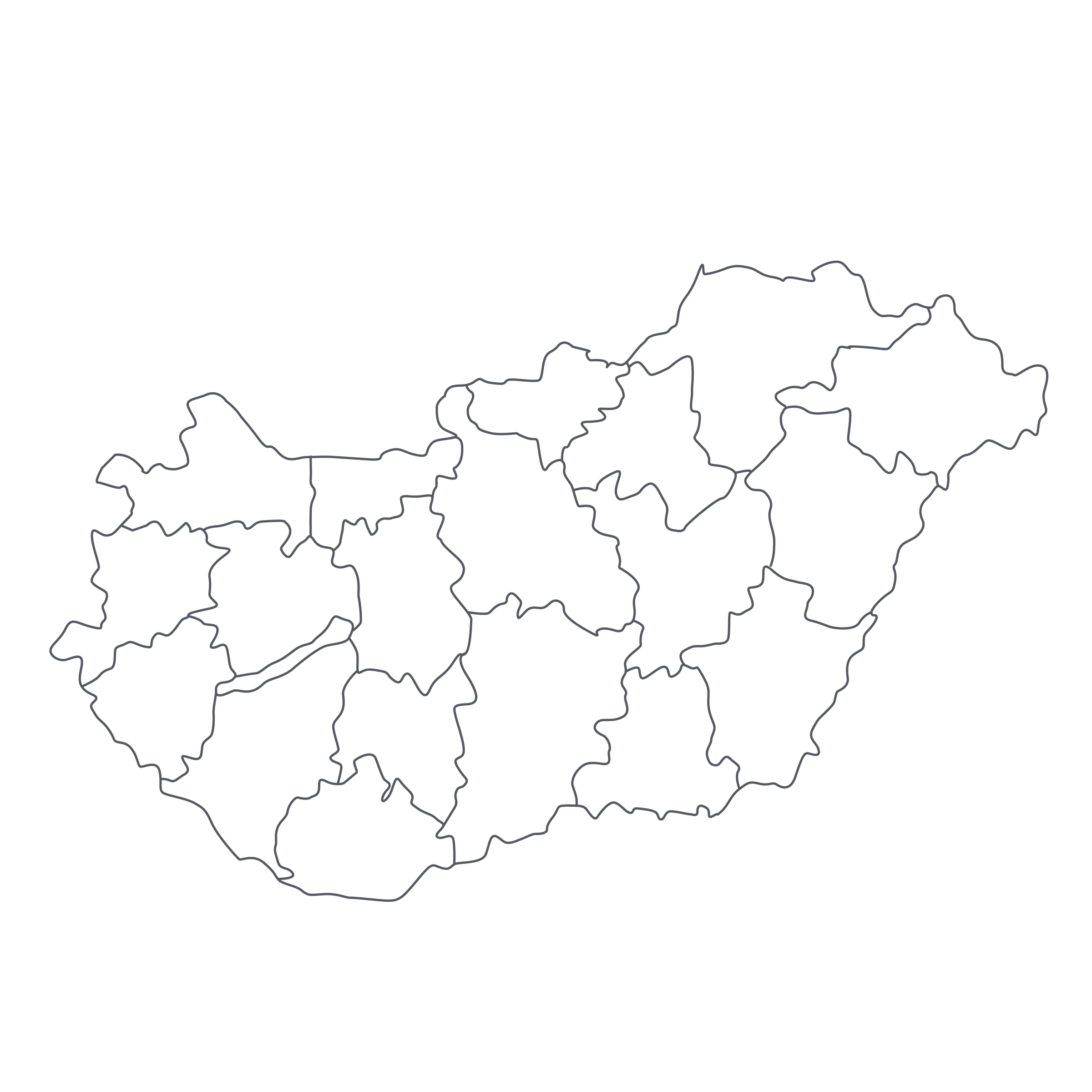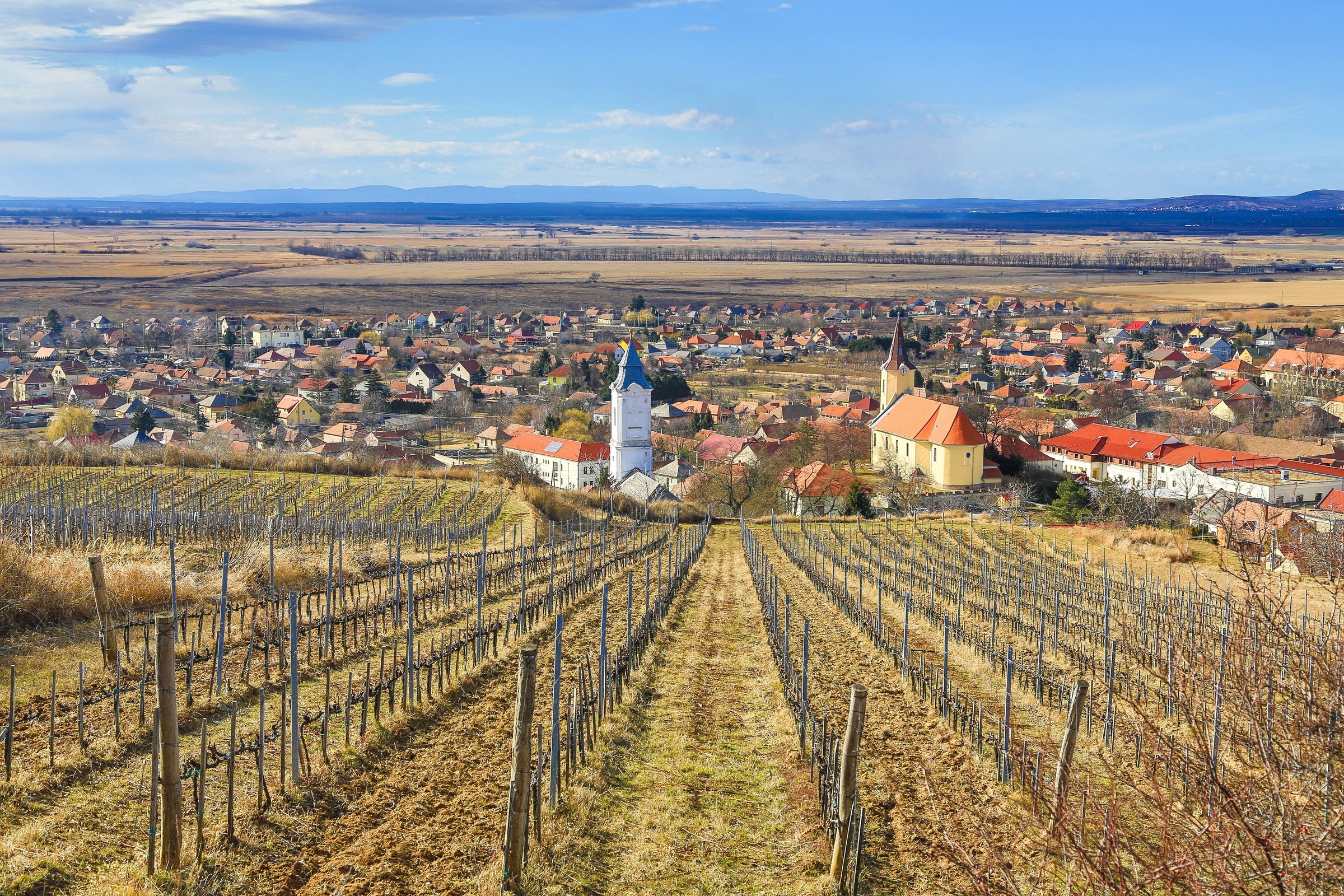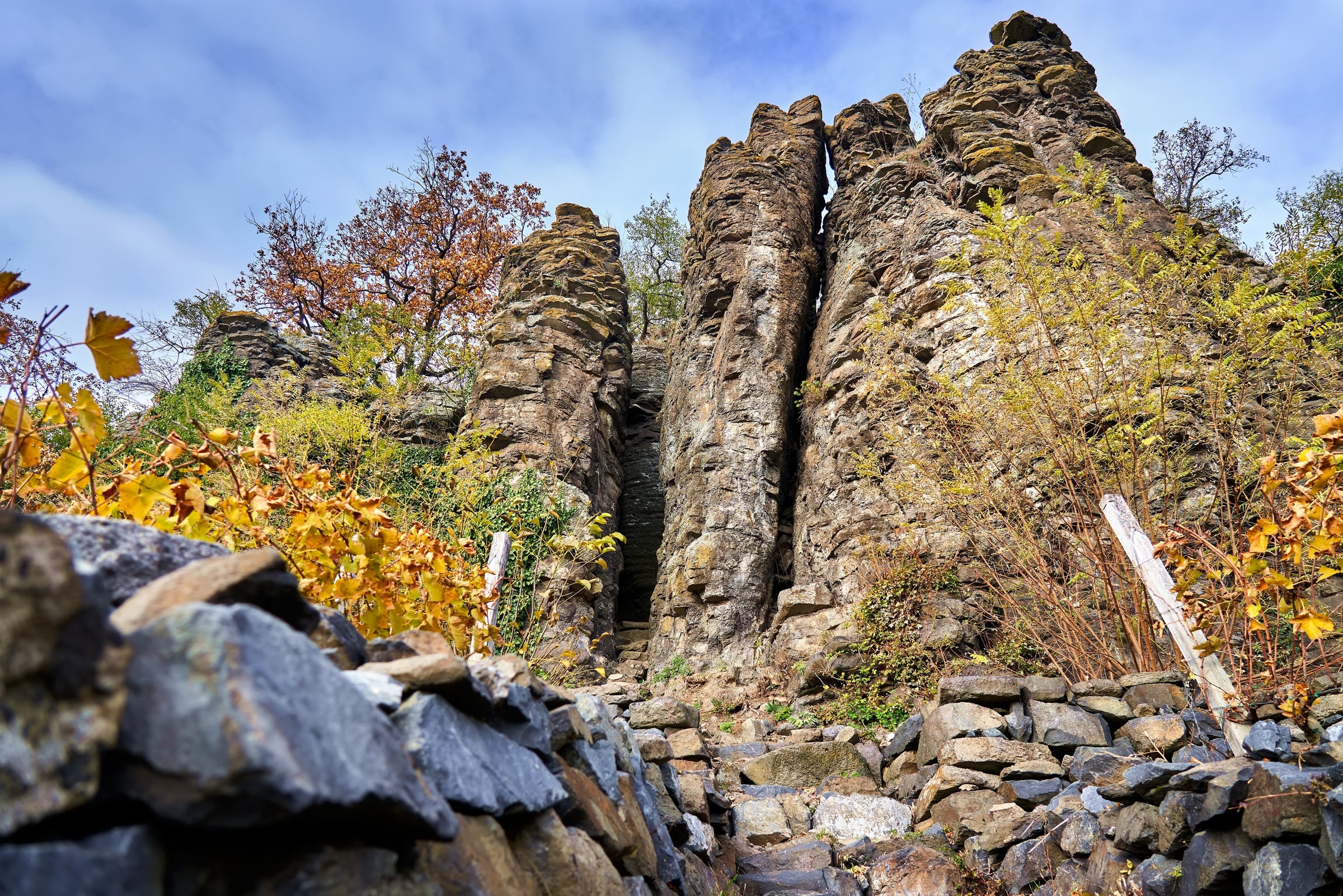In the historic, if not mythical, region of Tokaj, harvest workers comb through the vine rows, hawk-eyed, searching for select berries from each cluster of grapes. Of the prized few that are chosen, their ultra-concentrated juice is gently extracted and sent into barrel for years of undisturbed maturation. This is Tokaji Aszú, a rediscovered treasure of the wine world. Perhaps Eric Asimov of the
New York Times summarized it best when he declared “Tokaji Aszú wines of Hungary are paradoxically legendary yet little known.”
If you’ve had the pleasure of enjoying one of these nectars, I know you’re of the same mind, and all those who have yet to experience one are long overdue. Even when people tell me they don’t have a sweet tooth, I immediately steer them in the direction of late-harvest Riesling or Tokaji Aszú: In the right hands, these wines are the pinnacle of liquid luxury, a harmonious melding of minerality, acidity, and sugar. Elegant and bright with honey-tinged fruits, Béres’ 2008 delivers a stunning example of Tokaji Aszú that glides across the palate like a danseur. To be able to obtain a wine this special at such an affordable price is a testament to how under-appreciated this historic wine region remains. Take advantage, because this is a wine experience like no other!
First, a bit of history: As Medieval Europe transitioned into the Renaissance and the early modern era, sugar remained a rare commodity, alchemy was wildly popular, and people were anxious for alcohol. Imagine being able to drink sweet golden wine at a time like this—Tokaji wines were considered legendary elixirs and, as such, had quite the following.
It was ‘medicine’ (available by prescription until the early 1900s) for popes, the choice drink for tsars, and a muse for Johann Wolfgang von Goethe, Franz Liszt, Bram Stoker, Leo Tolstoy, and Voltaire, who said “this wine invigorates every fibre of my brain and, deep in my soul, produces a charming glint of intelligence and good humour.” Swiss-born alchemist Paracelsus spent years trying to extract actual gold from it, and Thomas Jefferson imported it for presidential banquets. Clearly, the allure and mystique of Tokaji wines reached far and wide.
Still, Tokaj is largely undiscovered in the US market, but the region has enjoyed an exciting renaissance over the last quarter century: Following Communism’s dissolution and the first wave of privatization, Tokaj repositioned itself as a world-class appellation. Deservedly so, too—they are the oldest region for botrytized wine production and responsible for the first-ever vineyard classification system. Today, the wines coming out of the region are nothing short of sensational; they are powered by quality, terroir, and individualism. With this reemergence, a number of new wineries have come into existence, like Béres. Owned by Dr. József Béres and his wife, Klára, it has only been in operation since 2002, but in that short time, they’ve become one of Tokaj’s elite names. Their goal is simple: to restore the region’s time-honored traditions and put it back in the discussion of the world’s finest wines.
So what is Aszú? The word itself means “dried,” but in wine it refers to late-harvested grapes that have been affected by botrytis cinerea, known as ‘noble rot.’ These grapes are laboriously hand-picked berry by berry. Originally, they were put into a puttony, a small wooden basket that could carry about 55 pounds—it could take a skilled worker two full days to fill a basket! The berries are mashed into a chutney-like consistency and macerated with either a fermenting must or an already fermented base wine. Then, they are pressed into gönci—special 136-liter Hungarian oak barrels sourced from the forests bordering the appellation. In the past, the number of puttony added to a single gönci barrel defined the puttonyos scale, but nowadays Aszú is measured by residual sugar (grams/liter). A grade of 5 puttonyos translates to a minimum of 120 grams per liter.
Béres’ grapes come from two estate-owned vineyards within the town of Erdóbénye—the historical center for Tokaji production. In the winery, individually selected berries macerate with an already-fermenting must for 24 hours before being transferred into locally sourced Hungarian barrels. After three years of maturation, the wine is bottled but not released until further aging in the cellar.
Rule number one for enjoying Béres’ 2008 Tokaji Aszú: a little goes a long way—savoring a few ounces around 55 degrees is a meditative experience (one you’ll want to immediately recreate). A perpetual waterfall of aromas burst out the moment this yellow-gold liquid hits your glass: Quince, apricot jam, honey, yellow flowers, beeswax, chamomile, mango, citrus blossoms, grilled pineapple, crushed stones, and several dashes of baking spice. Even with the richness and generous layers of sweetness in this wine, vibrant notes of acidity and the exotic profiles of the Furmint and Hárslevelú grape varieties are on dramatic display. That said, this doesn’t have to exist alongside a sweet bite—it’ll work with a decadent main course and/or as a solo sipper after a long day. “Just” a dessert wine? Not even close. Get ready to be blown away.





